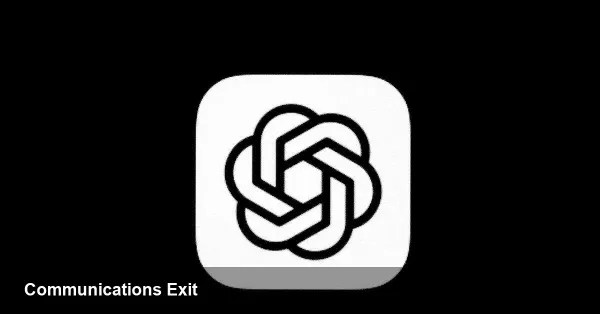CRITICAL ALERT: Severe G4 Solar Storm to Hit Earth!
- A G4 (Severe) Geomagnetic Storm Watch has been issued by NOAA's Space Weather Prediction Center for November 12th.
- The event is caused by a series of Coronal Mass Ejections (CMEs) from the sun, with the most recent being the fastest and most powerful, associated with an X5.1 solar flare.
- This severe storm has the potential to create spectacular aurora (northern lights) displays visible at much lower latitudes than usual.
- Watches are also in effect for a G2 (Moderate) storm on November 11th and a G3 (Strong) storm on November 13th, making for a multi-day space weather event.
Earth Braces for Severe Solar Onslaught
The National Oceanic and Atmospheric Administration's (NOAA) Space Weather Prediction Center (SWPC) has issued a significant G4 (Severe) Geomagnetic Storm Watch for Wednesday, November 12th. This alert follows a series of powerful eruptions from the sun, which have sent multiple waves of charged particles hurtling toward our planet.
This multi-day event includes a G2 (Moderate) watch for November 11th and a G3 (Strong) watch for November 13th, but the primary concern is the potential G4 storm, which could have notable impacts. For skywatchers, however, it presents a rare and exciting opportunity to witness the northern lights.
The Solar Eruptions Behind the Storm
The current watches are the result of several Coronal Mass Ejections (CMEs) that have blasted from the sun over the past few days. A CME is a massive expulsion of plasma and magnetic field from the sun's corona. When aimed at Earth, these ejections can interact with our planet's magnetic field, causing geomagnetic storms.
The most significant of these events occurred early on November 12th. This CME, described as the "most energetic and fastest" of the series, was triggered by a massive X5.1 solar flare that peaked at 1004 UTC (5:04 a.m. EST) on November 11th. This flare also initiated a moderate (S2) solar radiation storm, which is currently in progress.
Forecasting Challenges and Uncertainties
Forecasting the precise impact of such an event is notoriously complex. SWPC officials note that the situation is complicated by the presence of previous, slower-moving CMEs that are also en route to Earth. The "predominant ejecta" from the latest, most powerful CME is aimed slightly north and ahead of Earth's orbit, adding another layer of uncertainty.
While forecasters have high confidence that Earth will experience a component of this CME, the exact timing and intensity remain uncertain. More precise information will become available when the CME cloud reaches solar wind observatories located about one million miles from Earth. At that point, forecasters can make more definitive warning decisions.
A Chance for Spectacular Auroras
While geomagnetic storms can pose risks to satellites, power grids, and communication systems, they also produce one of nature's most breathtaking phenomena: the aurora. A G4 storm has the potential to push the auroral oval significantly further south, meaning the northern lights could be visible across large parts of the United States and Europe where they are not normally seen.
Residents are encouraged to stay informed by monitoring the latest updates and forecasts on NOAA's official site, spaceweather.gov, as the storm system approaches.




